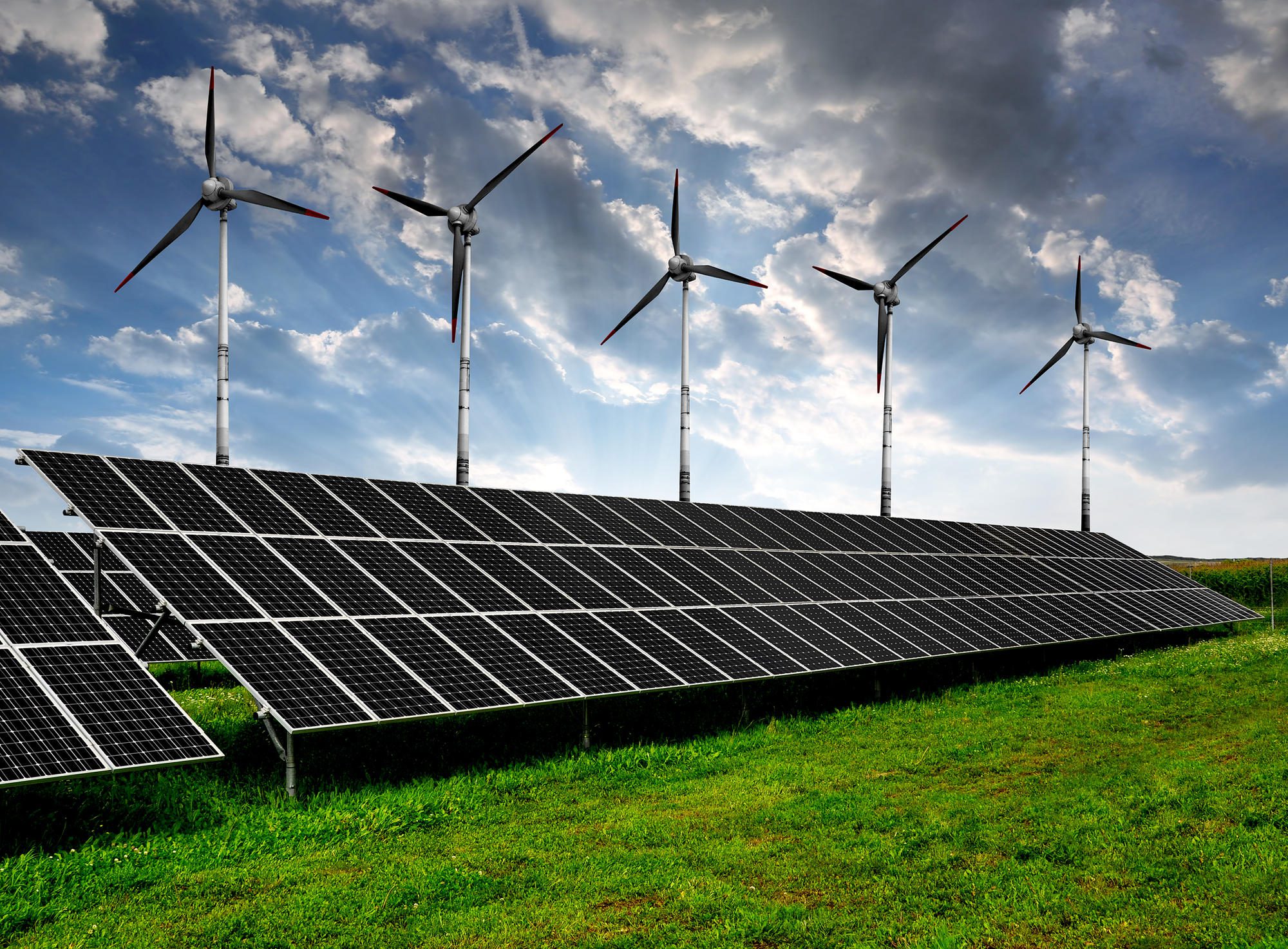Energy use and CO2 emissions are way down – How do we keep it that way as we all go back to work?
A report out earlier this week from the International Energy Agency (IEA) had some encouraging news in the midst of this pandemic and the associated economic fall-out.
-
- Global CO2 emissions are down to levels not seen in 10 years (8% below last year)
- Energy demand globally is down 3.8 percent in the first quarter with 6 percent likely for the year as a whole.
- Coal use was down almost 8 percent in the first quarter. (Note that the primary use for coal now days is electricity generation.) This had a lot to do with the early outbreak of coronavirus in China, where over half of the world’s coal is consumed.
- Gasoline use (transportation) was down by 5% in the first quarter.
- Overall, oil demand in April is estimated to be down 29 million barrels a day. That’s about a 30 percent decline.
Yet, if we just go back to “business as usual” after the pandemic is over, this will just be a short-term anomaly in our journey towards a much warmer planet for future generations.
Some scientists have pointed out that we would have to achieve this same lower carbon use and emissions each and every year going forward in order to achieve the goal of not exceeding a 1.5 degree C global temperature rise by mid-century.
Obviously, we cannot just all stay home and stop work to make that happen. A 20 percent unemployment rate and massive increase in global poverty is not an acceptable cost.
This is a challenge and an opportunity for each and every one of us.
From a business point of view how could we capture some of these benefits long-term without excessive economic hardship? There is not one solution here, but a multitude needed. Also, it will depend on the shape of the local economy. What works in one area of our planet will not work in all areas.
Here are some of my thoughts for the “developed” nations.
-
- Telecommuting needs to be actively encouraged to continue as we come out of this. If it was at 20% in the industrialized world before this pandemic, then as we return from where it is now (80% or higher) we should try to maintain it at about 40% going forward. That could mean each of us would go into “the office” one less day per week. That translates into a long-term reduction in vehicle use of 20%!
- Reduce our office “footprints”. Yes, we probably need to have more space between people in the office going forward, but with fewer people using the office, there should still be some savings here as well. Also, we need to complete the transition to the electronic office ~ no more storing paper documents, minimize printing, and eliminate the associated wasted space.
- When we reduce our office space use, get rid of the least energy efficient space first!
- Regarding energy use, isn’t it long past time to really invest in renewables? I have seen any number of studies showing solar parking lot canopies as paying for themselves in about 10 years, with a 25 year+ useful life. Plus, they give us the power capacity for all the electric vehicles we will soon be transitioning to.
- Shopping malls. The “bricks & mortar” retail environment was seriously struggling to compete with online shopping prior to this pandemic, I think that trend will only accelerate after this moderates. It is time to think seriously about how we re-shape this sector of our economy going forward. It will be a struggle; many small retailers will fail as well when the large “magnet” stores depart our culture. Yet, these are significant changes in our way of life that will accelerate.
What about the under-developed portions of the world?
-
- Take these lessons above to heart and start out right. New energy investment projects should not focus on coal and oil. Let’s think long term here and realize that investment in wind and solar is the right strategy for new investment.
- For impoverished cultures that need energy for cooking and safe water, develop local solutions to supplant the use of coal and other fossil fuels as well.
- Develop local solar projects to create connectivity for schools and homes world-wide.
- Encourage the development of a global internet structure utilizing satellite systems to accelerate the education and service delivery world-wide.
As you can see, we are really at a turning point here. It is time for us to be thinking more globally about all of these issues.
One of the paradoxes of our war against the coronavirus pandemic is we are all on the same side in this war.
The same is also true in the fight against global warming, all of humanity needs to win this battle.


